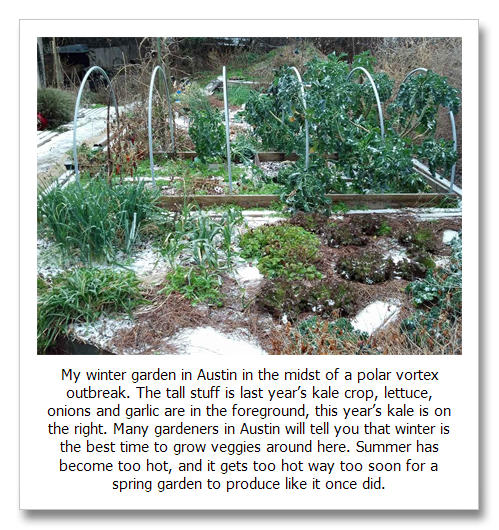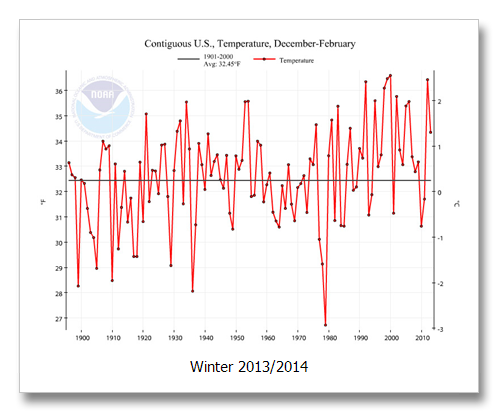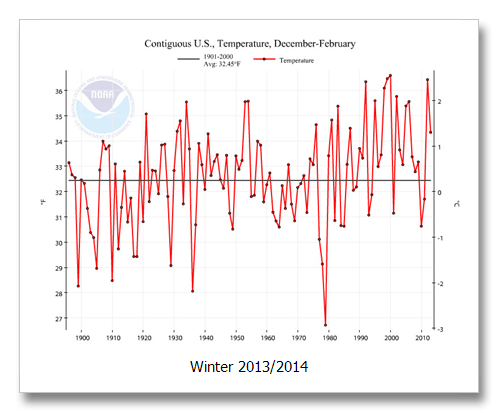The climate change enhanced polar vortex has continued to break logic records. While we are experiencing a Great Lakes with ice cover greater than anything in 20 years, large parts of the North American West are experiencing their warmest winters ever recorded and Arctic sea ice is flirting with the lowest extent in the record for winter and Arctic temperature in February average 7 to 14 degrees F above normal.
For the last 365 days (Prior to March 9, 2014) that includes the winter of 2013/2014, the U.S. saw 24,715 daily cold temperature records and 19,975 daily high temperature records—24 percent more cold records. But all-time records are a much better tool to see climate changes. Daily records have too much natural variation to provide the insight needed—too much chaos. We saw 12 all time cold temperature records for the past 365 days and 76 all-time highs or 533 percent more all time high temperature records.
And remember, global warming makes nighttime temperatures warm the most. Across the U.S. in the last 365 days we saw 34,279 daily low maximum records or 39 percent more low maximum records than low minimum records.
The average U.S. temperature for winter (December 2013 through February 2014) ranked 19th warmest of 120 years.
Las Vegas and Tuscon both had their warmest winters ever. Australia had its hottest year ever in 2013. The Northern Hemisphere saw its twelfth warmest year on record and 2013 ties 2003 as the fourth warmest year on record—beating out 1998, the year that global warming supposedly stopped (using Cowtan and Way).
National Climatic Data Center records: http://www.ncdc.noaa.gov/cdo-web/datatools/records
National Snow and Ice Data Center, Arctic records: https://nsidc.org/arcticseaicenews/2014/03/



